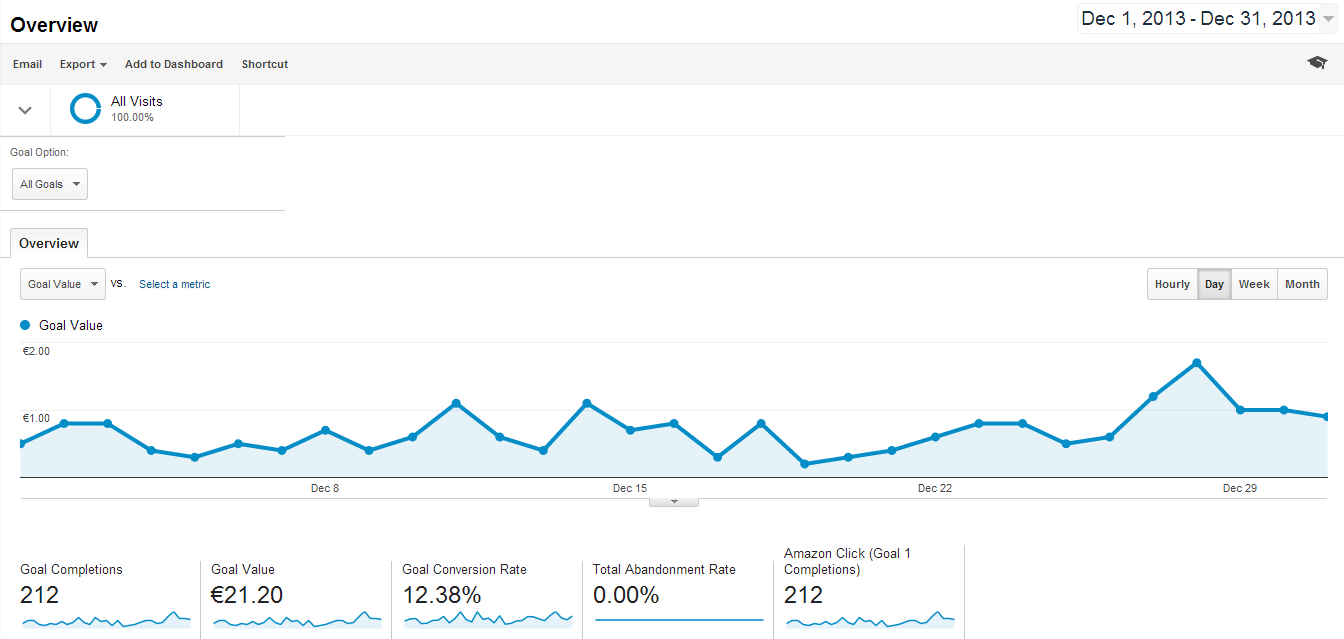Unveiling the Blind Spots: Comprehending What Google Analytics Goals Can not Determine
In the world of electronic analytics, Google Analytics stands as a powerful tool for monitoring and analyzing online user interactions. Amidst its durable capacities, there exist blind places that often evade measurement. what data is google analytics goals unable to track. Comprehending what Google Analytics goals can not measure is crucial for gaining a thorough view of user behavior and involvement. As we look into the complexities of these dead spots, we reveal an intricate web of uncharted territories that hold beneficial insights right into customer actions and motivations, tough traditional wisdom and dropping light on the restrictions of our data-driven understanding.
Individual Actions on External Platforms
Recognizing how individuals engage on external systems is important for optimizing on-line strategies. External platforms, such as social networks networks, referral web sites, and online forums, play a considerable function in driving traffic to a business's internet site. By evaluating customer behavior on these systems, businesses can get valuable insights right into the efficiency of their marketing efforts and the choices of their target market.
One key element of customer behavior on outside systems is the referral resource. By tracking where the customers are coming from, services can determine which systems are driving one of the most traffic to their website. This information can assist companies designate their sources extra efficiently, concentrating on the systems that generate the very best results.

Offline Interactions and conversions
Examining individual habits on outside systems supplies useful understandings right into on-line approaches; nonetheless, taking into consideration offline conversions and communications is similarly imperative for a comprehensive understanding of a firm's total efficiency. While Google Analytics stands out at tracking on-line communications, it drops short in capturing the complete consumer journey that often includes offline touchpoints. Offline conversions, such as in-store acquisitions or phone queries, play a considerable role in several businesses' success. Ignoring these interactions can cause a distorted view of the performance of advertising and marketing projects and general business efficiency.

Acknowledgment Beyond Last Click
When diving into the realm of digital advertising analytics, it comes to be important to look beyond the solitary touchpoint of the last click for a much more extensive understanding of attribution. While Google Analytics supplies valuable understandings into customer actions, relying entirely on last-click attribution can be limiting - what data is google analytics goals unable to track. Acknowledgment models that exceed the last click use an extra nuanced sight of the consumer trip, thinking about all the touchpoints that cause a conversion
Acknowledgment past the last click permits online marketers to assign credit history to different interactions along the conversion path, giving a more clear photo of the efficiency of different marketing channels. By discovering multi-touch acknowledgment designs such as linear, time degeneration, or position-based acknowledgment, services can better allocate their advertising and marketing spending plans and enhance their techniques for optimal effect.
Understanding the influence of each touchpoint in the conversion process is vital for making notified decisions and maximizing ROI. By welcoming attribution past the last click, services can acquire much deeper insights into client behavior and customize their advertising efforts extra efficiently.
Cross-Device and Cross-Browser Monitoring

Likewise, cross-browser monitoring enhances cross-device tracking by catching individual habits as they switch over in between various web browsers. Comprehending how individuals engage with internet sites on various browsers can help marketing experts optimize their online experiences to ensure consistency and capability across various systems.
Qualitative Information and User Intent
Comprehending individual intent with qualitative data analysis is vital for creating targeted electronic advertising and marketing strategies that resonate with the demands and choices of the target market. Qualitative information supplies insights right into the 'why' behind customer activities, losing light on inspirations, emotions, and preferences that quantitative data alone can not record. By analyzing user responses, remarks, and interactions, marketing professionals can discover important info about user intent, permitting them to customize their messaging, content, and offerings here to much better straighten with what their audience is seeking.
Qualitative data additionally assists in comprehending the context in which users involve with a web site or app. This contextual understanding enables marketing experts to develop more appropriate and customized experiences, inevitably driving higher engagement and conversion prices. By diving right into user intent via qualitative data evaluation, companies can gain a much deeper understanding of their target audience, bring about more efficient advertising strategies that satisfy users' requirements and expectations.
Conclusion
To conclude, Google Analytics objectives have limitations in determining user behavior on outside systems, offline conversions, attribution past last click, cross-device and cross-browser monitoring, and qualitative data associated to customer intent. what data is google analytics goals unable to track. It is very important for services to be aware of these unseen areas in order to supplement their information analysis with other devices and approaches to gain a much more comprehensive understanding of their audience and enhance their total digital advertising methods
By analyzing individual habits on these systems, services can obtain valuable insights into the efficiency of their advertising and marketing initiatives and the preferences of their target audience.
Evaluating individual habits on exterior systems provides valuable insights right into on the internet approaches; however, thinking about offline conversions and communications is just as important for a detailed understanding of a business's general efficiency.In electronic advertising and marketing analytics, relocating past last-click acknowledgment to check out cross-device and cross-browser monitoring is necessary for acquiring an alternative understanding of individual interactions across various platforms and tools. By assessing customer feedback, remarks, and interactions, marketing experts can reveal useful info about user intent, permitting them to customize their messaging, material, and offerings to better straighten with what their target market is seeking.
By delving right into user intent with qualitative information evaluation, organizations can get a much deeper understanding of their target audience, leading to a lot more effective marketing methods that fulfill users' needs and assumptions.